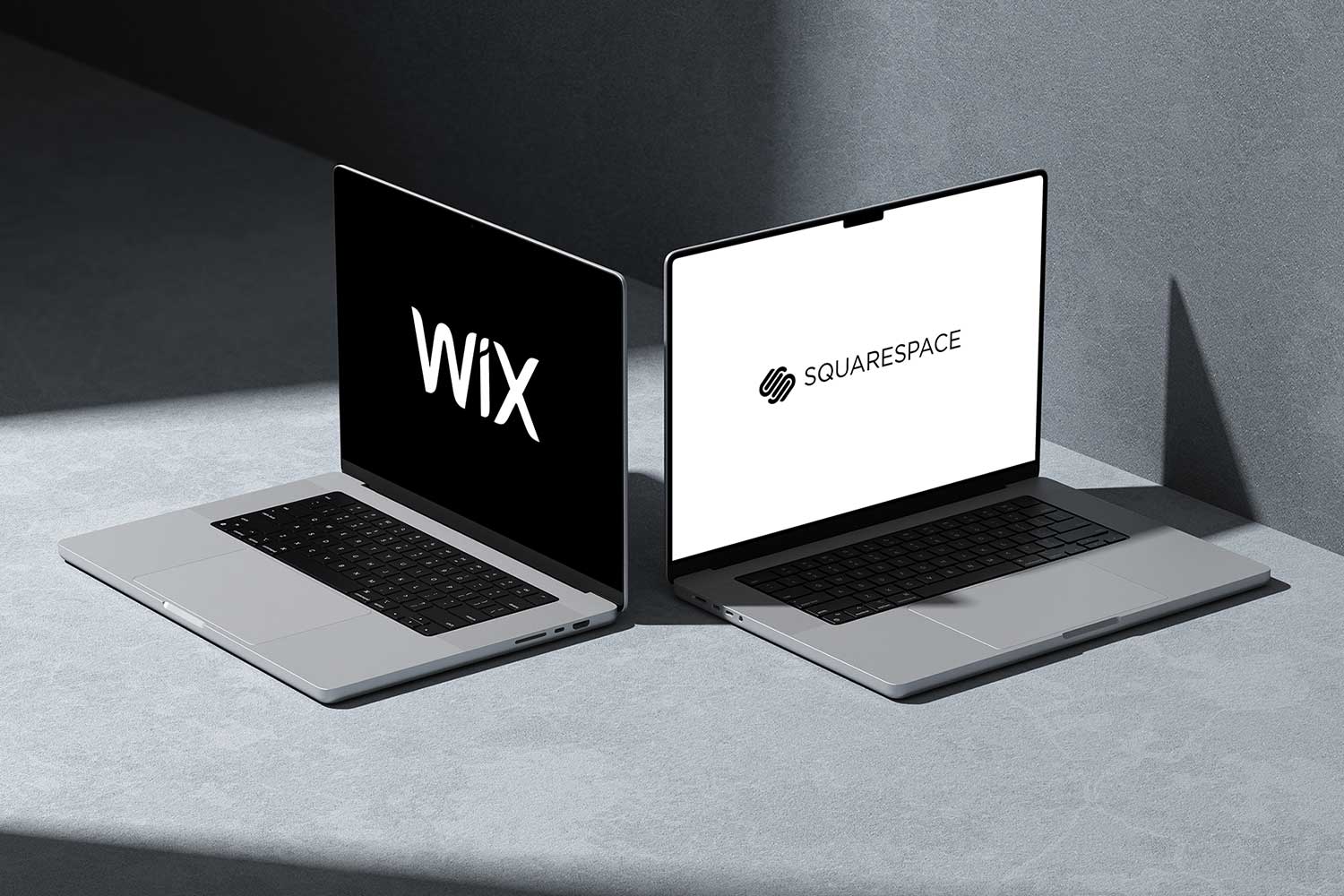Advice for Small and Medium Businesses
Choosing a company to build your website can be a minefield. While there are many reputable providers, we regularly speak to businesses who have come to us after being let down, locked out, or overcharged by previous suppliers.
This post outlines some common pitfalls we see all too often – and how you can avoid them by staying in control of your digital assets.
1. Not Owning Your Domain Name
One of the most common issues we encounter is clients who don’t own their own domain name. Sometimes, previous developers will have registered the domain in their own name, leaving the business with no control over it.
Why it matters:
If your domain isn’t in your name or account, you risk losing access or having to pay to reclaim it. In the worst cases, domains have been held to ransom when business relationships break down.
What to do:
Always register your domain name yourself with a recognised registrar. Keep the login details safe and ensure the registrant information is in your name or company name.
2. Not Being in Control of Hosting
It’s common for agencies to offer “fully managed” hosting as part of a package. While this can be convenient, it can also lead to a lack of visibility and control over where your site is hosted, what you’re being charged for, and how easy it is to make changes or move providers.
Why it matters:
Without access to your own hosting account, you may be reliant on your developer for all updates, migrations, or renewals. This can become a problem if you want to move to another provider or make changes quickly.
What to do:
Set up your own hosting account in your name and give your developer the necessary access. That way, you stay in full control and can change providers if needed, without disruption to your site.
3. Signing Up for Subscription-Based Website Services
Some platforms offer low-cost entry points for website design, often with a one-off setup fee followed by an ongoing monthly subscription. These may appear cost-effective initially, but they often come with significant limitations.
Why it matters:
Many of these services are built on proprietary platforms, meaning you can’t move your website elsewhere. If you stop paying, your site disappears. In addition, you may not truly own the design or content.
What to do:
Be wary of long-term commitments or platforms you can’t move away from. Ask questions about ownership and portability before you sign up. In most cases, a custom-built website that you own outright is a more flexible and cost-effective long-term solution.

4. Being Tied to a Proprietary CMS or Platform
Some developers build websites on systems that only they can access or support. These platforms may not be compatible with other hosting providers or may use non-standard code that’s difficult for others to work with.
Why it matters:
You may be dependent on the original developer for even simple updates, and switching providers can be costly or impossible without a full rebuild.
What to do:
Choose open, widely supported platforms like WordPress, or opt for a clean, static HTML site where appropriate. These options are portable, well-supported, and give you flexibility as your business evolves.
5. Underestimating the Benefits of a Static HTML Website
For many businesses, a simple static HTML site is all that’s needed. These sites load quickly, are highly secure, and require minimal ongoing maintenance.
Why it matters:
Without a content management system (CMS), there are fewer moving parts – which means less to go wrong, and lower long-term costs.
What to do:
Discuss your actual needs before committing to a platform. If your content doesn’t need frequent updates or complex functionality, an HTML site can be a highly effective, low-maintenance option.
Final Thoughts
Your website is an important business asset – and one you should be in control of. Our approach is always to build websites our clients own, not lease. We encourage clients to register their own domain names, use their own hosting accounts, and work with us in a transparent, collaborative way.
If you’re thinking about a new website or reviewing your current setup, we’d be happy to have a chat. No jargon, no pressure – just clear, practical advice.
